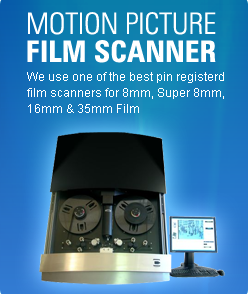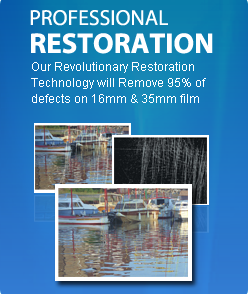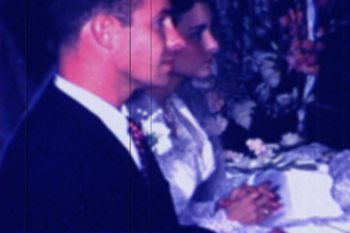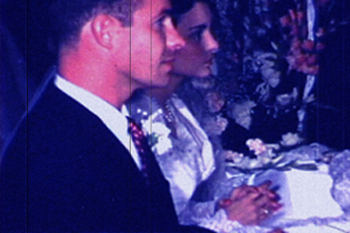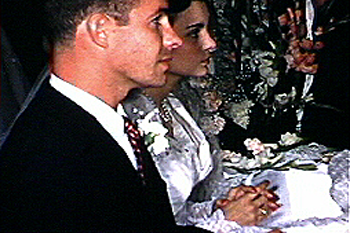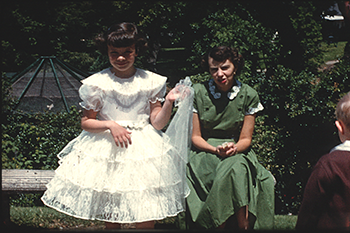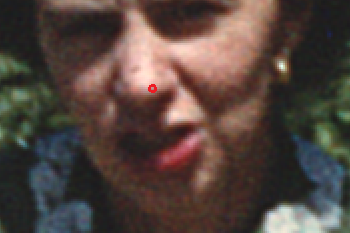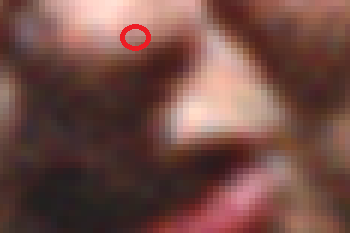
The first table shows how the same film looks using our 4 different processes. You can see that the difference can be significant for our Minneapolis customers.
The second table presents a case for scanning 8mm and Super 8 film at 2K resolution. In the past year we have done 20 comparisons. Contrary to popular belief, we do see a noticeable difference in quality between our Pro HD and Pro 2K process on 8mm and Super 8 film.
In general it is recommended that you scan at or above the resolution of the film. For 8mm and Super 8 that means scanning at HD or 2K.
8mm And Super 8 Film Minneapolis |
|
SD Scan
|
|
Pro HD Scan
|
|
Pro 2K Scan
|
|
Pro 4K Scan
|
|
Film Resolution |
|
Resolution of Film |
|
Film Grain
|
|
Film Grain vs Digital Pixel
|
|
So, for example, if you are looking for the best quality DVD, scan your 8mm or Super 8 at HD. If you are looking to go to BluRay then scan your 8mm or Super 8 at 2K.
Minneapolis Fun Facts: It ranked #4 among big cities on Men's Journal's 2004 list of the 50 Best Places to Live, #3 on Child Magazine's 10 Best Cities for Families and #7 on Ladies Home Journal's 2002 List of Best Cities for Women. Minneapolis, located on the Mississippi River in southeastern Minnesota, is the largest city in the state, with a population of around 400,000. It and adjacent St Paul were dubbed "the Twin Cities" by Mark Twain. St Anthony Falls, the only waterfall on the Mississippi River, supplied electricity for dozens of Minneapolis flour and lumber mills built in the late 19th century.
Minnesota Fun Facts: Minnesota is the home of the Mall of America, which holds more than 400 stores and attracts nearly 40 million people a year. Minnesota became the 32nd state of the union on May 11, 1858. A small extension of the northern boundary makes it the most northerly of the 48 conterminous U.S. states.
